Remember going on a plantation drive with your school or participating in essay writing, dance and art competitions? Whether through a hand-made sketch with Earth in your hands or debating against the human activities that are harmful to the environment, as a child you used to celebrate World Environment Day, so build up the same enthusiasm and start working consciously towards helping Mother Earth. Every year, World Environment Day is celebrated on June 5. This day is celebrated to encourage awareness towards environmental protection. The celebration of this day gives an opportunity to broaden the basis for an enlightened opinion and responsible conduct by individuals, enterprises, and communities in preserving and enhancing the environment.
To protect the environment and preserve the planet for our children and future generations, everyone needs to take proactive steps toward cleaner living habits. The theme for World Environment Day 2021 is “Ecosystem Restoration”. Ecosystem restoration means assisting in the recovery of the ecosystems that have been degraded or destroyed and conserving the ecosystems that are still intact. Ecosystem restoration can take many forms: Growing trees, greening cities, rewilding gardens, changing diets or cleaning up rivers and coasts.
History Of World Environment Day
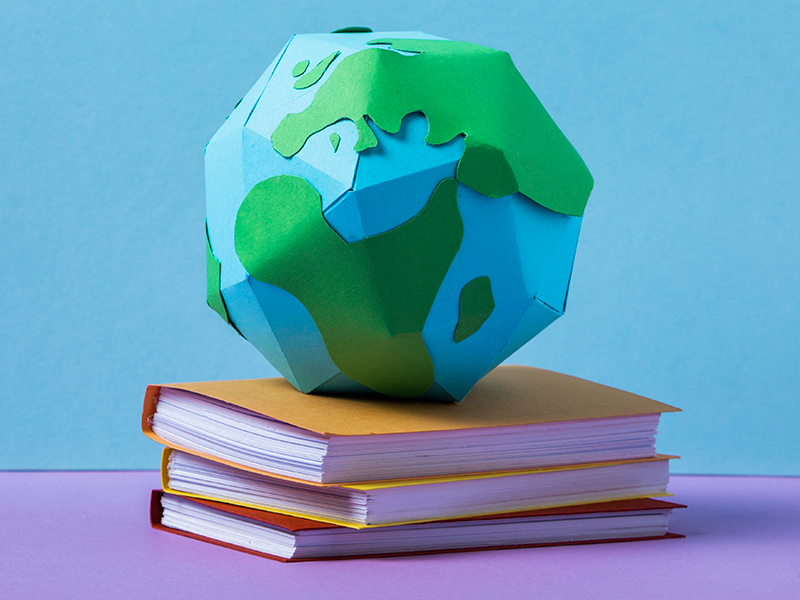
The history of world environment day goes back to 1972 when the United Nations General Assembly established World Environment Day on the first day of the Stockholm Conference on the Human Environment. Two years later, in 1974 the first World Environment Day was held with the theme “Only One Earth”. Even though the Environment Day celebration has been held annually since 1974, in 1987 the idea for rotating the centre of these activities through selecting different host countries began.
Did You Know?
According to a report, published on the website of the Central Pollution Control Board (CPCB), only 13.5 % of the sewage in India is treated.
Importance Of World Environment Day
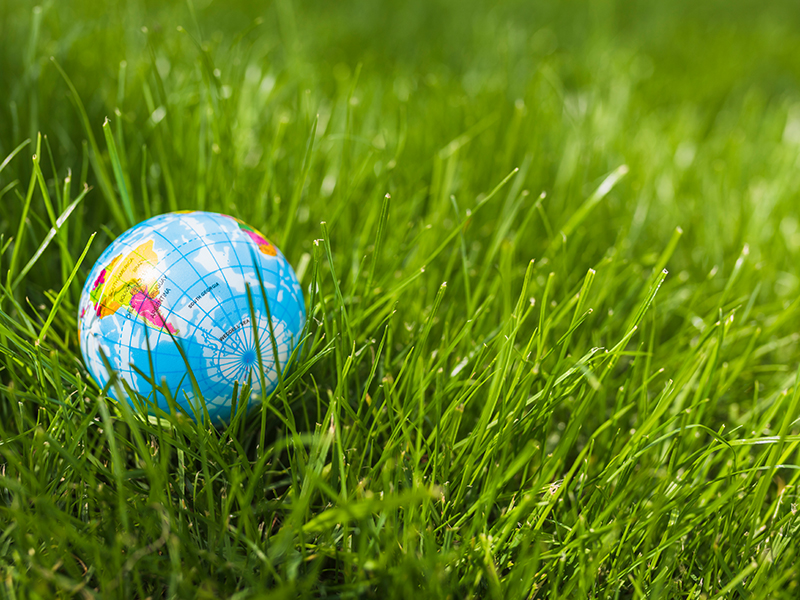
World Environment Day urges all human beings to protect the natural surroundings and encourages worldwide activism. That means everything from littering to climate change. The importance of World Environment Day cannot be overlooked as it is both a global celebration and a platform for public outreach. How to save the environment is an ongoing struggle that requires participation from every single human being who walked on Earth and no effort ever goes to waste, no matter how little. So read further to know how you can help on an individual level.
How To Protect Environment On An Individual Level?
You are aware of the harm that human activities have caused to nature and the environment over the years. An estimated 7 million people die each year from causes related to air pollution, with a majority occurring in the Asia-Pacific region. But the good news is that it’s often not too difficult, expensive, or inconvenient to become more environmentally friendly. It can even be a fun challenge to learn how to protect the environment and implement it among your family or coworkers. And though small changes at the individual level may seem trivial, just think how much cleaner the planet would be if everyone adopted even a few of the following behaviour modifications. Learn how to protect the environment because every little thing YOU do makes a difference!
1. Choose Reusable Over Single-Use
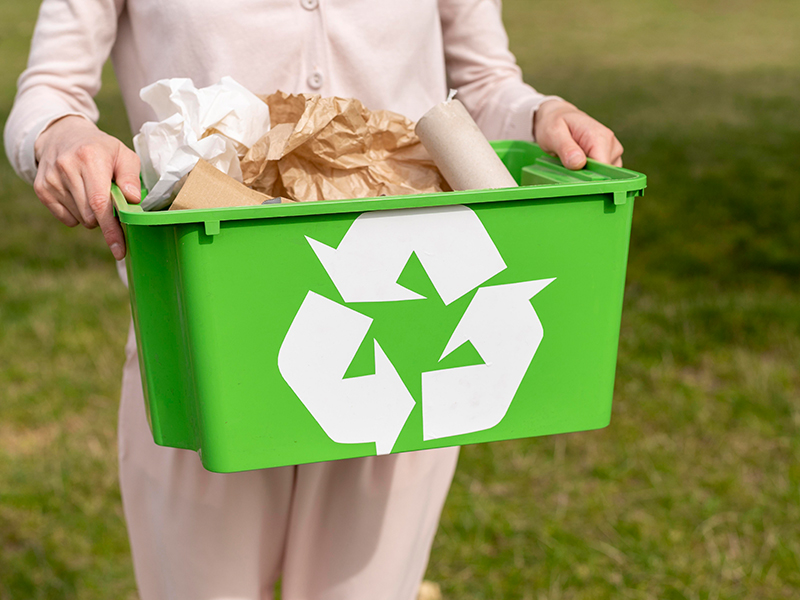
Think about how many people you see each day drinking beverages from disposable cups or disposable bottles, sipping from disposable straws, carrying disposable grocery bags, eating from disposable plates or containers and using disposable utensils. All that single-use plastic has to go somewhere, and it’s had a devastating effect on our soil, oceans and marine life. All of the above items (and more) have more environmentally responsible counterparts. Switch to reusable items and commit to using them as often as possible. Also, always remember to carry a shopping bag with you so that you don’t have to resort to plastic bags. You’ll have less trash piling up at your curb, and you’ll be helping to protect the environment in a major way.
2. Upcycle More
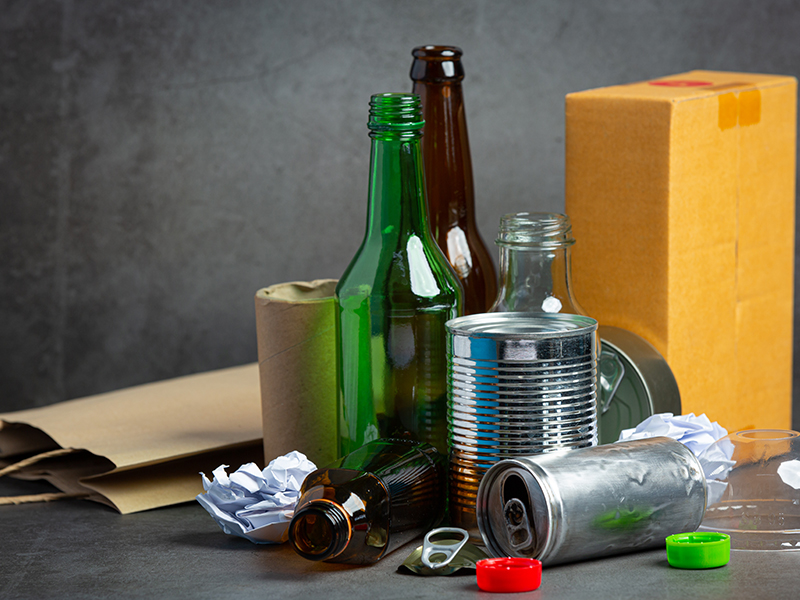
Get creative with your useless or unwanted items by upcycling turning trash into treasure. Creating something new such as artwork, toys or jewellery is both satisfying and one of the best ways to protect the environment. Not only does it keep items out of the trash, but it can also prevent having to purchase new items, which require lots of resources to produce. Children love making things; so instead of heading to the craft store, check your home’s recycle bin first and let their imaginations soar!
3. Consume Less

Curbing consumption can have a huge impact on the environment. The three “R’s”—reduce, reuse and recycle— get a lot of attention, but the planet could benefit from some focus on the most important and most underrepresented “R”: refuse. When you refuse, you say “no,” which is not always easy. Freebies at events, cheap goods on clearance, the hot new children’s toys or the latest gadgets that promise to make your life better—none of these are essential. And they almost always end up either in the trash or forgotten in the back of a closet. Next time you’re tempted to purchase or accept a non-essential item, think about whether it would truly improve your life. If not, it’s ok to just say, “No, thanks!”
4. Recycle Properly
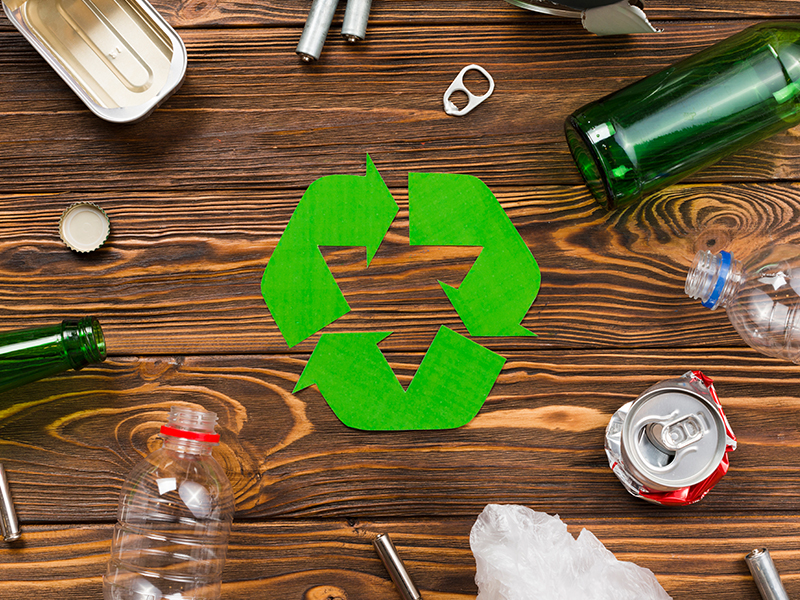
Be mindful of what you throw in the trash. If you can’t refuse it, you can’t reduce it and you can’t upcycle or reuse it, then it’s time to turn to the final “R”—recycling. Educate yourself on what can and cannot be recycled in your bins at home. Throwing the wrong items in the recycle bin can result in an entire load being rejected, which means back to the landfill. You can also easily find out how to recycle special items such as electronics, batteries and appliances.
Did You Know?
According to a report in DNA, the Global Burden of Disease (GBD) report states that outdoor air pollution is the fifth largest killer in India after high blood pressure, tobacco smoking, and poor nutrition.
5. Save Electricity
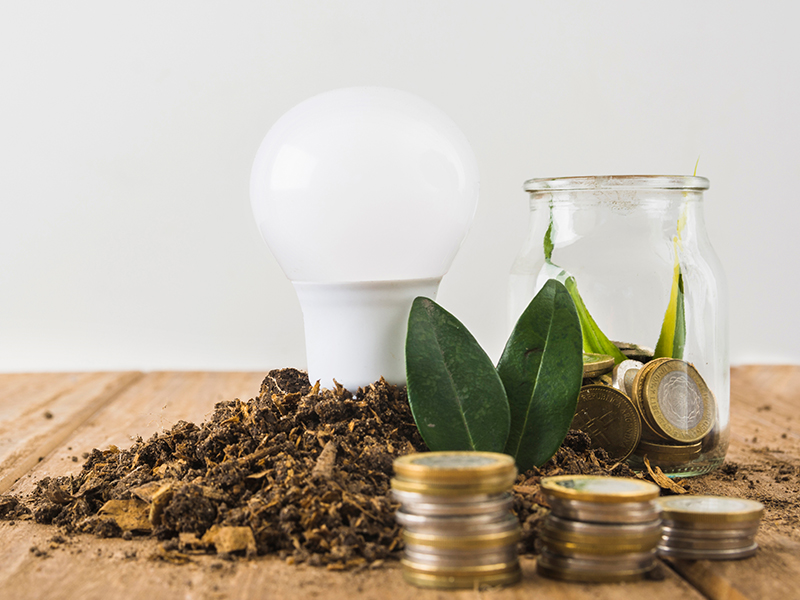
Use energy-efficient light bulbs instead of regular bulbs. They last longer, which will save you a bit of money (every little bit helps on a budget, right?). Make sure that you turn off lights, the TV, and other appliances when you are not using them. Lower your air conditioning or heat when it’s not necessary. This is especially true for between seasons. Open your windows in the early fall or layering your clothes in the early fall. You can also plan and switch to solar power.
6. Use Less Water
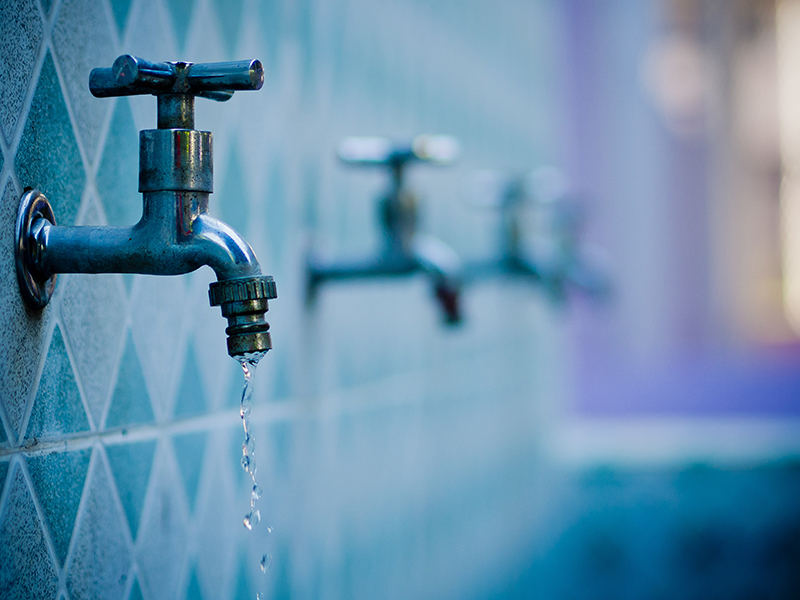
Conserving water at home is one of the easiest ways to protect the environment. Think of all the times you consume water, both inside and outside your home; then, make adjustments as you can. For example:
- Turn off the tap while you brush your teeth
- Fix leaky faucets
- Make your water use more efficient by aerating faucets, using sprinklers that reduce runoff and installing low-flow toilets and efficient showerheads
- Collect and use rainwater for watering plants
- Shorten your shower by a few minutes—or skip it altogether if you don’t need one that day
- Only run your dishwasher or washing machine when it’s full
7. Buy Local

While we’re on the topic of shopping, it’s important to think about the path your stuff takes just to get to you. All that packaging, combined with the fuel needed for delivery, really takes a toll on the environment. Instead, check out your market for fresh, package-free food and buy from local artists, clothing makers and retailers before you click for that two-day shipping. The Red Dot Shop supports a wide range of eco-friendly and sustainable brands that are actively working towards making a positive impact on the planet like Tinge, a vegan beauty brand, Vishisht, an all-natural skincare brand, Nirwaana, a handmade jewellery brand and more. You can find innumerable eco-friendly, vegan, natural and sustainable products on the Red Dot Shop here.
8. Walk, Bike Or Carpool

Any amount that you can cut back on will help. Even the smallest effort to reduce your carbon footprint can make a difference. For short trips, try walking or biking—you’ll also get a healthy dose of exercise in, without setting foot in a gym. If travelling on foot or two wheels isn’t feasible, try carpooling with a friend, neighbour or coworker to a mutual destination or you can use public transport. And if all else fails and you need to drive your car, line up errands in the most efficient route to save time and kilometres driven.
Did You Know?
More than 80% of people living in urban areas of India are exposed to air quality levels that exceed the WHO safe limits.
9. Reduce The Amount Of Paper

Did you know that 40% of the world’s commercially cut timber is used for paper? This endangers natural habitats and uses a ton of water. Since it has become inexpensive to print, everyone does it without thinking. If you need to turn in a long paper, print on both sides of the page. Now you have the option of e-books, kindle and numerous other platforms online which you can use to avoid using paper. While you’re protecting trees, you might as well plant some or build a personal garden in your home.
10. Use Fewer Chemicals

Want to protect the environment? Use fewer harmful chemicals and you’ll be on the right track. It’s hard to be sure about the long-term negative effects chemicals can have, both on our bodies and the planet, so it’s best to avoid them if possible. Opt for chemical-free lawn and garden care; all-natural beauty and hygiene items; natural household cleaners; and organic food. The Earth will thank you!
Every year people all over celebrate World Environment Day, with plans in mind for how to save the environment and the Earth. But sometimes you need to ask yourselves “will you execute your plans?” The core necessities of life all come from Mother Nature and unfortunately, humans tend to take it for granted. So don’t stop with your hard work of preserving the Earth and also motivate others to do the same. The existence of nature is proof of human existence and everyone needs to take all possible measures to save the world and live in harmony with the environment.

